
How to Use MT4W-DV-4N: Examples, Pinouts, and Specs
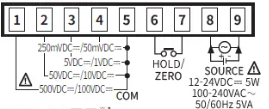
 Design with MT4W-DV-4N in Cirkit Designer
Design with MT4W-DV-4N in Cirkit DesignerIntroduction
The MT4W-DV-4N is a relay module designed for controlling high-power devices using low-power signals. It features four independent relay channels, enabling the control of multiple devices simultaneously. This module is widely used in automation systems, home appliances, and industrial applications where reliable switching of high-power loads is required. Its compact design and ease of integration make it a popular choice for both hobbyists and professionals.
Explore Projects Built with MT4W-DV-4N
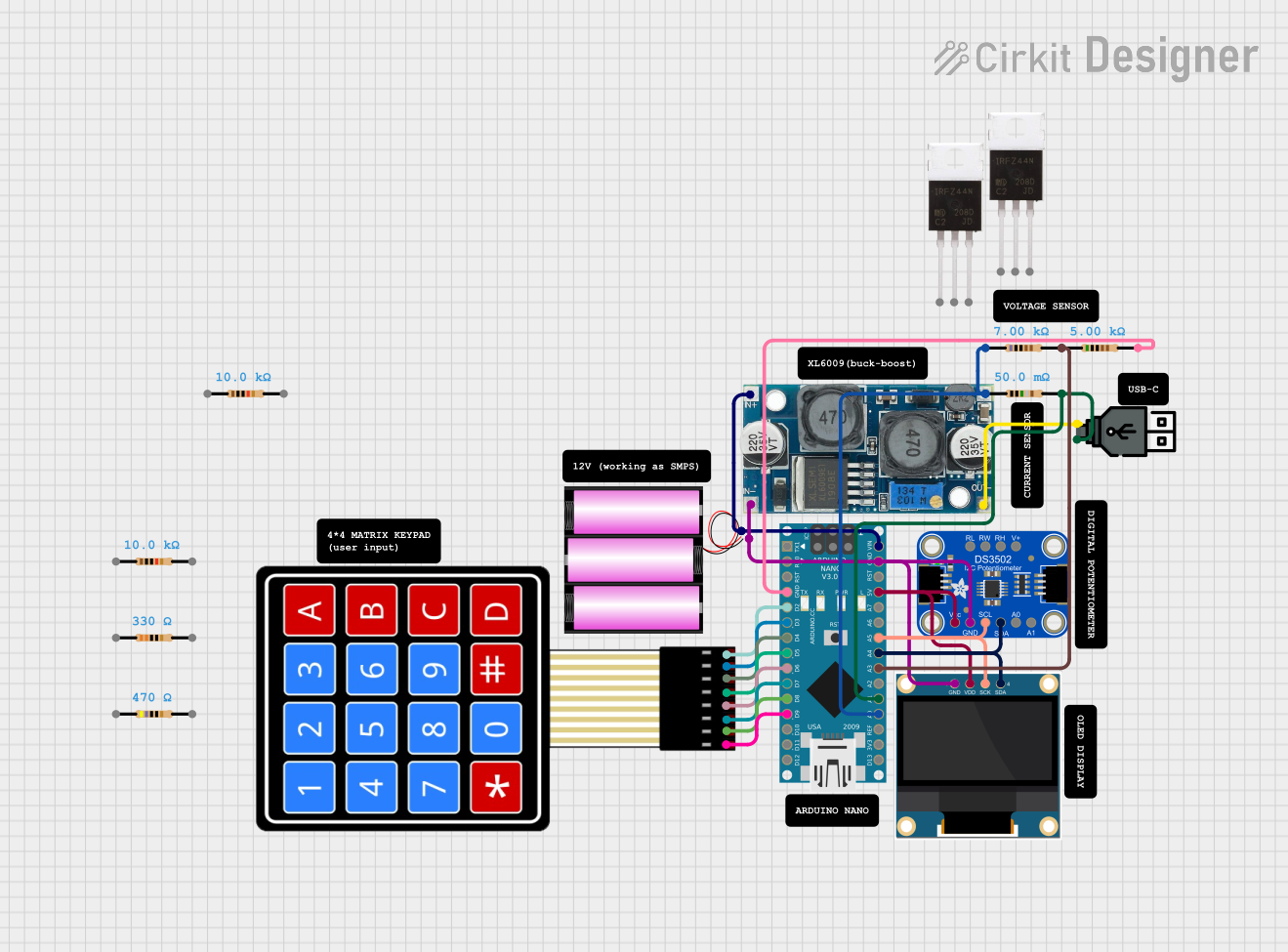
 Open Project in Cirkit Designer
Open Project in Cirkit Designer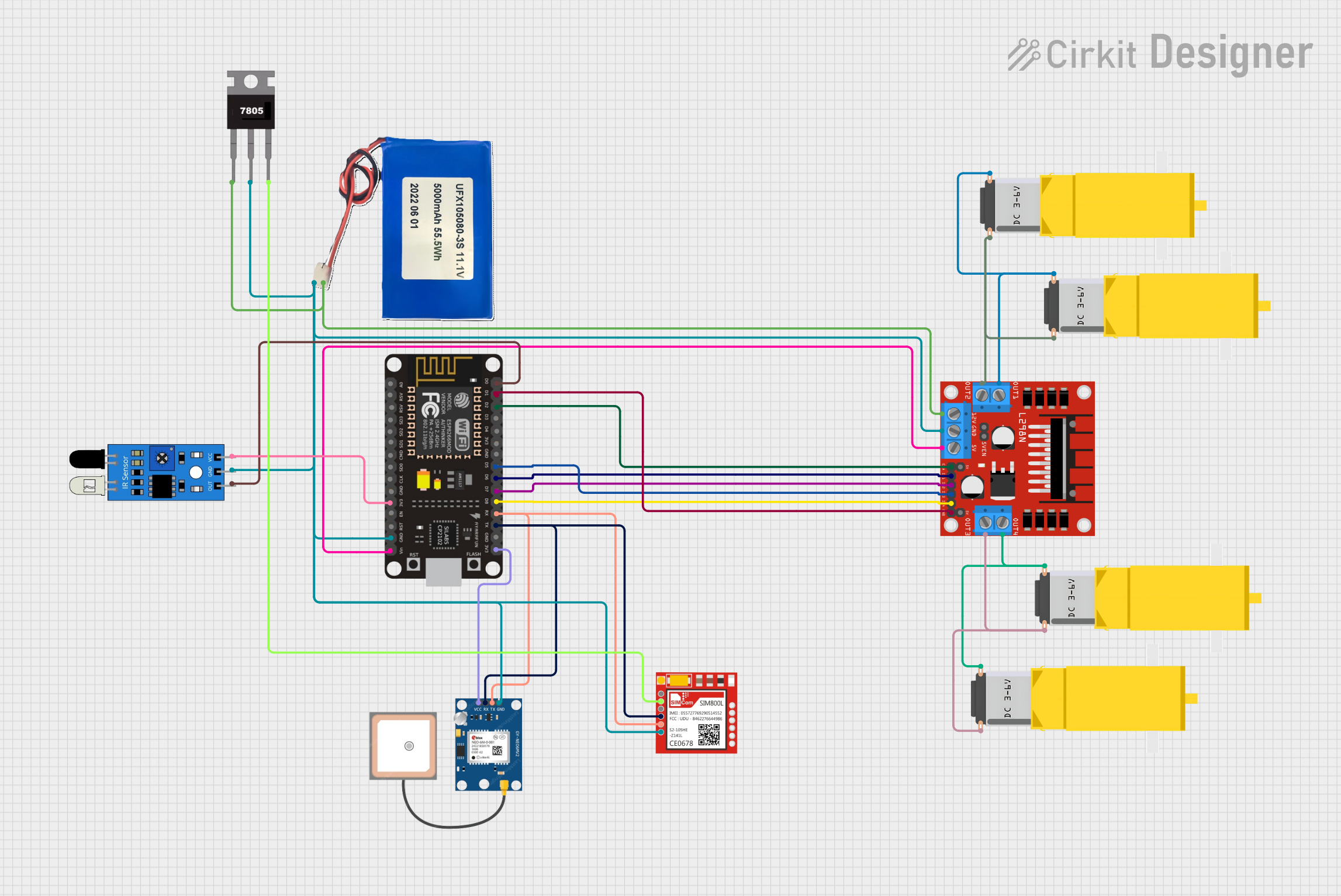
 Open Project in Cirkit Designer
Open Project in Cirkit Designer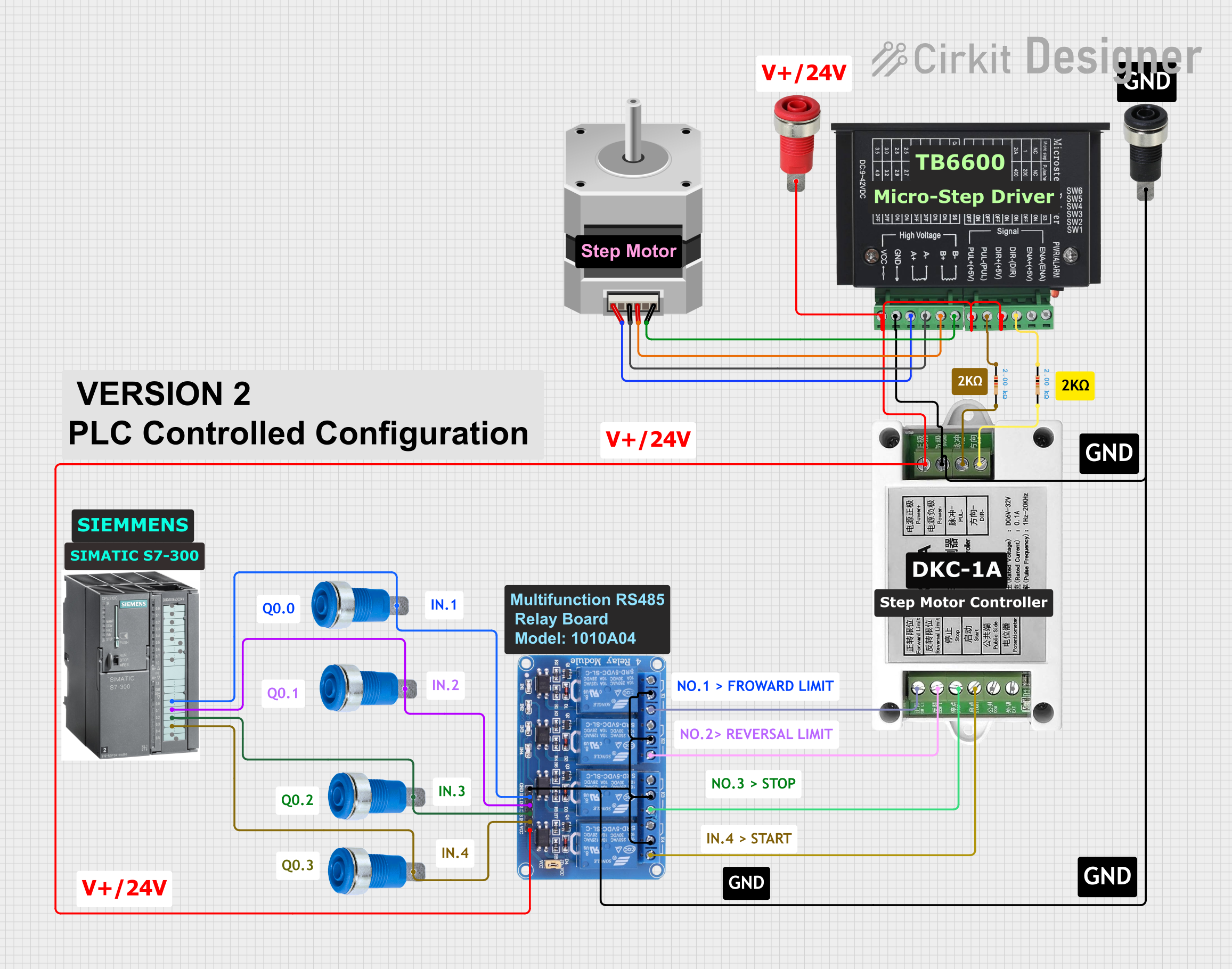
 Open Project in Cirkit Designer
Open Project in Cirkit Designer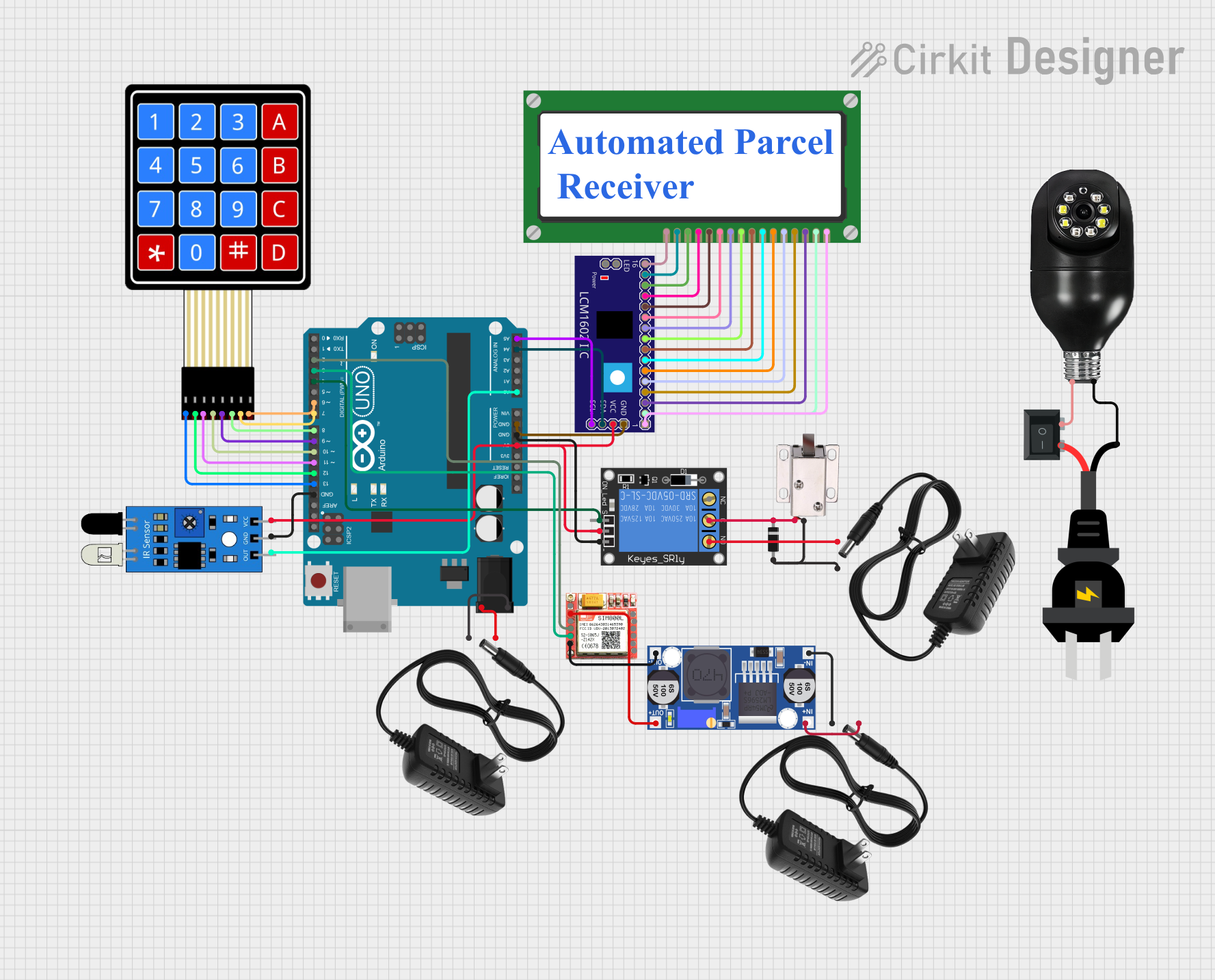
 Open Project in Cirkit Designer
Open Project in Cirkit DesignerExplore Projects Built with MT4W-DV-4N

 Open Project in Cirkit Designer
Open Project in Cirkit Designer
 Open Project in Cirkit Designer
Open Project in Cirkit Designer
 Open Project in Cirkit Designer
Open Project in Cirkit Designer
 Open Project in Cirkit Designer
Open Project in Cirkit DesignerCommon Applications
- Home automation systems (e.g., controlling lights, fans, or appliances)
- Industrial equipment control
- Robotics and IoT projects
- Motor and pump control
- Signal isolation in sensitive circuits
Technical Specifications
Key Technical Details
- Relay Channels: 4
- Operating Voltage: 5V DC
- Trigger Voltage: 3.3V to 5V (logic-level compatible)
- Relay Type: SPDT (Single Pole Double Throw)
- Maximum Load (per channel):
- AC: 250V, 10A
- DC: 30V, 10A
- Isolation: Optocoupler-based for signal isolation
- Dimensions: 75mm x 55mm x 20mm
- Weight: ~80g
- Indicator LEDs: One per channel (indicates relay activation)
Pin Configuration and Descriptions
The MT4W-DV-4N module has two main interfaces: the input control pins and the relay output terminals.
Input Control Pins
| Pin Name | Description |
|---|---|
| VCC | Power supply input (5V DC) |
| GND | Ground connection |
| IN1 | Control signal for Relay 1 (active LOW) |
| IN2 | Control signal for Relay 2 (active LOW) |
| IN3 | Control signal for Relay 3 (active LOW) |
| IN4 | Control signal for Relay 4 (active LOW) |
Relay Output Terminals
Each relay channel has three terminals: COM, NO, and NC.
| Terminal | Description |
|---|---|
| COM | Common terminal for the relay |
| NO | Normally Open terminal (connected to COM when the relay is activated) |
| NC | Normally Closed terminal (connected to COM when the relay is not activated) |
Usage Instructions
How to Use the MT4W-DV-4N in a Circuit
- Power the Module: Connect the VCC pin to a 5V DC power source and the GND pin to the ground.
- Connect Control Signals: Use digital output pins from a microcontroller (e.g., Arduino) to control the IN1, IN2, IN3, and IN4 pins. A LOW signal activates the corresponding relay.
- Connect the Load: For each relay channel, connect the load to the COM and NO/NC terminals based on your requirements:
- Use the NO terminal if the load should be off by default and turn on when the relay is activated.
- Use the NC terminal if the load should be on by default and turn off when the relay is activated.
- Test the Circuit: Verify the connections and test the relays by toggling the control signals.
Important Considerations
- Ensure the power supply can provide sufficient current for the relays (each relay may draw ~70mA when activated).
- Use proper insulation and safety precautions when working with high-voltage AC loads.
- Avoid exceeding the maximum load ratings to prevent damage to the relays.
- Use flyback diodes across inductive loads (e.g., motors) to protect the relays from voltage spikes.
Example: Connecting to an Arduino UNO
Below is an example of how to control the MT4W-DV-4N with an Arduino UNO.
Circuit Connections
- Connect the module's VCC to the Arduino's 5V pin and GND to the Arduino's GND.
- Connect IN1, IN2, IN3, and IN4 to Arduino digital pins 2, 3, 4, and 5, respectively.
- Connect a load (e.g., a light bulb) to the COM and NO terminals of one relay channel.
Arduino Code
// Define the relay control pins
#define RELAY1 2 // Relay 1 control pin
#define RELAY2 3 // Relay 2 control pin
#define RELAY3 4 // Relay 3 control pin
#define RELAY4 5 // Relay 4 control pin
void setup() {
// Set relay pins as outputs
pinMode(RELAY1, OUTPUT);
pinMode(RELAY2, OUTPUT);
pinMode(RELAY3, OUTPUT);
pinMode(RELAY4, OUTPUT);
// Initialize all relays to OFF (HIGH state)
digitalWrite(RELAY1, HIGH);
digitalWrite(RELAY2, HIGH);
digitalWrite(RELAY3, HIGH);
digitalWrite(RELAY4, HIGH);
}
void loop() {
// Example: Turn relays on and off sequentially
digitalWrite(RELAY1, LOW); // Activate Relay 1
delay(1000); // Wait 1 second
digitalWrite(RELAY1, HIGH); // Deactivate Relay 1
digitalWrite(RELAY2, LOW); // Activate Relay 2
delay(1000); // Wait 1 second
digitalWrite(RELAY2, HIGH); // Deactivate Relay 2
digitalWrite(RELAY3, LOW); // Activate Relay 3
delay(1000); // Wait 1 second
digitalWrite(RELAY3, HIGH); // Deactivate Relay 3
digitalWrite(RELAY4, LOW); // Activate Relay 4
delay(1000); // Wait 1 second
digitalWrite(RELAY4, HIGH); // Deactivate Relay 4
}
Troubleshooting and FAQs
Common Issues and Solutions
Relays Not Activating:
- Ensure the module is powered with a stable 5V DC supply.
- Verify that the control signals are correctly connected and set to LOW to activate the relays.
- Check for loose or incorrect wiring.
Load Not Switching:
- Confirm that the load is properly connected to the relay terminals (COM and NO/NC).
- Ensure the load does not exceed the relay's maximum current and voltage ratings.
Indicator LEDs Not Lighting Up:
- Check the power supply and ensure the module is receiving 5V.
- Verify the control signal connections and logic levels.
Voltage Spikes or Noise in the Circuit:
- Use flyback diodes across inductive loads to suppress voltage spikes.
- Add capacitors near the power supply to reduce noise.
FAQs
Can the MT4W-DV-4N be used with a 3.3V microcontroller? Yes, the module is compatible with 3.3V logic levels, but ensure the power supply to the module is 5V.
What happens if I exceed the relay's load ratings? Exceeding the load ratings can damage the relay contacts or cause overheating. Always stay within the specified limits.
Can I control AC and DC loads simultaneously? Yes, as long as each relay channel is used within its respective load ratings.
Is the module safe for high-voltage applications? The module is designed for high-voltage applications, but proper insulation and safety precautions are essential.